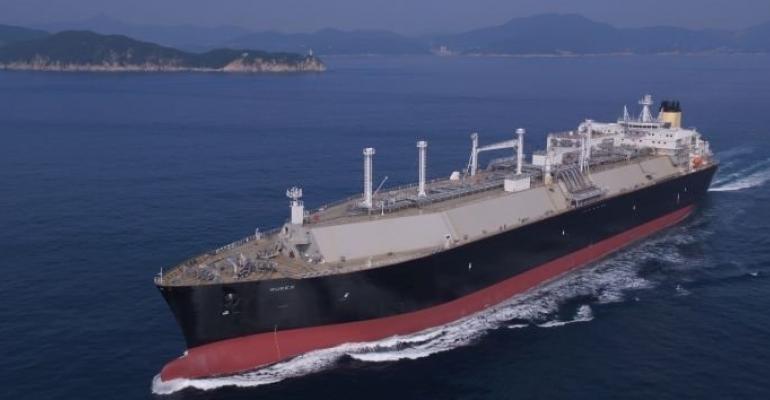Shell’s annual LNG outlook noted that LNG demand in 2017 grew by 29m tonnes to 293m tonnes. China has become the second largest importer of LNG after China buying 38m tonnes last year.
“We are still seeing significant demand from traditional importers in Asia and Europe, but we are also seeing LNG provide flexible, reliable and cleaner energy supply for other countries around the world,” said Maarten Wetselaar, integrated gas and new energies director at Shell. “In Asia alone, demand rose by 17 million tonnes. That’s nearly as much as Indonesia, the world’s fifth-largest LNG exporter, produced in 2017.”
The number of countries importing LNG since 2000 has quadrupled, but with broader increased demand there has become a demand for more flexible contracts than the traditional 25-year supply deals seen in the LNG market.
Last year saw 1,100 spot LNG cargoes, equating to three a day, sold for the first time. This is leading to a growing mismatch between buyers who want shorter, more flexible contracts and suppliers who want long term contracts to secure project financing.
“This mismatch needs to be resolved to enable LNG project developers to make final investment decisions that are needed to ensure there is enough future supply of this cleaner-burning fuel for the world economy,” Shell said.
The result Shell warned could be a shortage of LNG supply by the mid-2020’s unless more project commitments are made soon.
Copyright © 2024. All rights reserved. Seatrade, a trading name of Informa Markets (UK) Limited. Add Seatrade Maritime News to your Google News feed.


